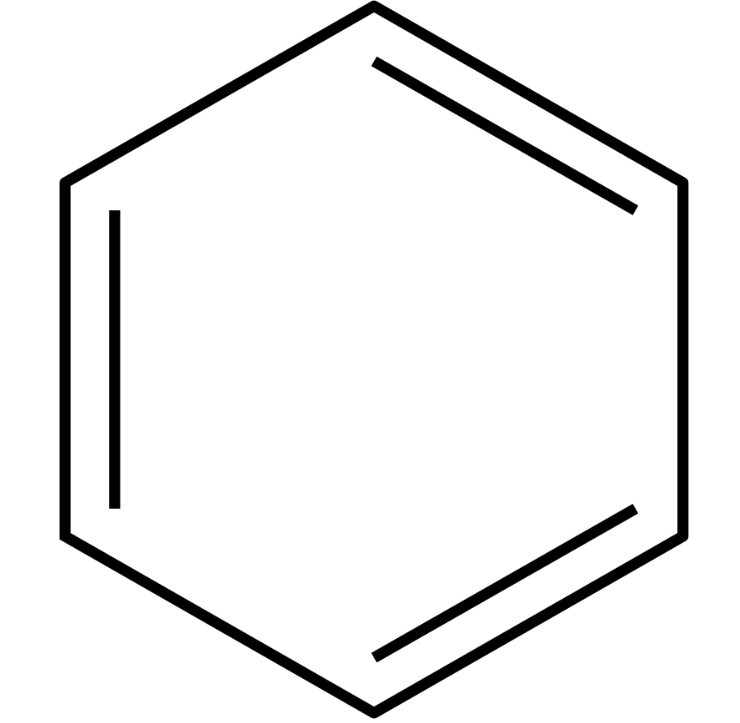BENZOLUM-COAL NAPHTHA 6C, 12C, 30C, 200C, 1M, 10M USES AND SYMPTOMS
 Benzol, known also as Benzolum-coal naphtha, exhibits profound effects on the circulatory system, slowing the pulse and potentially leading to infarcts, as observed in guinea pigs. In human provers, it induces changes in blood cell counts, decreasing red cells and increasing white cells. This suggests potential utility in treating leukemia. Noteworthy symptoms include hallucinations, epileptiform attacks, coma, and anesthesia.
Benzol, known also as Benzolum-coal naphtha, exhibits profound effects on the circulatory system, slowing the pulse and potentially leading to infarcts, as observed in guinea pigs. In human provers, it induces changes in blood cell counts, decreasing red cells and increasing white cells. This suggests potential utility in treating leukemia. Noteworthy symptoms include hallucinations, epileptiform attacks, coma, and anesthesia.
Head: Sensation of falling through the bed and floor, pains ascending from below, frontal headache extending to the root of the nose, dizziness, and pressing sensation in the head, particularly on the right side.
Eyes: Visual illusions, twitching of lids, sensitivity to light with blurred vision, aching in eyes and lids, marked dilation of pupils, and reduced reaction to light, especially daylight.
Nose: Profuse, fluent coryza, violent sneezing, particularly pronounced in the afternoon.
Male: Swelling and severe pain in the right testicle (orchitis), itching of the scrotum, and increased frequency of urination.
Extremities: Heavy limbs, cold legs, exaggerated knee jerk, and pains ascending from below.
Skin: Measles-like eruptions, perspiration on the side not lain on, and generalized itching on the back.
Modalities: Symptoms worsen at night and are more pronounced on the right side.
Relationship:Comparison with other substances the entry compares Benzolum with other related substances such as Benzinum-Petroleum ether and Benzinum nitricum. These substances share some similarities in their effects on the body and mind, particularly regarding the nervous system and blood. By comparing them, homeopaths can understand the unique characteristics and indications for each remedy. Benzinum nitricum this substance is described with symptoms such as dark, black blood, cyanosis (bluish discoloration), and symptoms resembling apoplectic coma (a state of unconsciousness resembling a stroke). Understanding its effects helps differentiate it from Benzolum and choose the appropriate remedy for specific symptoms. Trinitrotoluenum (T.N.T.) this explosive compound is mentioned for its indication in graver forms of anemia and jaundice. While it’s not directly related to Benzolum, the mention might suggest similar symptoms or conditions where T.N.T. could be considered as a remedy.
Dosage: Sixth potency.
SYMPTOMS OF BENZOLUM-COAL NAPHTHA
Head:
Sensation of falling through bed/floor.
Pains from below upward.
Fatigue, nervousness.
Frontal headache extending to nose root.
Dizziness, pressing sensation in head.
Right-sided headache.
Eyes:
Visual illusions with wide open eyes.
Lid twitching, photophobia, blurred vision.
Aching in eyes and lids.
Dilated pupils, reduced reaction to light, especially daylight.
Nose:
Profuse coryza, worse in afternoon.
Violent sneezing.
Male:
Right testicle swelling (orchitis), severe pain.
Scrotum itching, frequent urination.
Extremities:
Heavy, cold legs; exaggerated knee jerk.
Pains from below upward.
Skin:
Measles-like eruptions.
Sweat on unpressed side.
Itching back.
Modalities:
Worse at night, right side.
selection of the potency
Individualization:
- Homeopathy is based on the principle of treating the individual, not just the disease. The unique symptoms and characteristics of the person are crucial in determining the most suitable potency.
Intensity of Symptoms:
- The intensity of the symptoms guides the choice of potency. If the symptoms are intense and acute, a lower potency (e.g., 6C, 30C) might be considered. For chronic conditions with less intensity, higher potencies (e.g., 200C, 1M) may be appropriate.
Sensitivity of the Patient:
- Some individuals are more sensitive to homeopathic remedies, while others may require higher potencies. The practitioner considers the patient’s sensitivity when selecting the potency.
Acute vs. Chronic Conditions:
- Lower potencies are often used for acute conditions, while higher potencies may be considered for chronic or long-standing issues.
Previous Response to Potencies:
- The patient’s response to previous homeopathic treatments helps guide the choice of potency. If a particular potency has been effective in the past, it may be repeated or adjusted as needed.
Vital Force and Susceptibility:
- Homeopathy views illness as a disturbance in the vital force. The practitioner assesses the patient’s overall vitality and susceptibility to determine the appropriate potency.
Aggravation or Amelioration:
- The direction of the symptom response (aggravation or amelioration) after taking a remedy can influence the choice of potency.
Miasmatic Considerations:
- In classical homeopathy, the concept of miasms (inherited disease tendencies) is considered. The practitioner take this into account when selecting the potency.
Practitioner Experience:
- The experience and preference of the homeopathic practitioner play a role. Some practitioners may have success with certain potencies based on their clinical experience.
SAFETY INFORMATION
- Do not exceed the recommended dose by physician
- Keep out of the reach of children
- Store in a cool dry place away from direct sunlight
- Maintain half an hour gap between food/drink/any other medicines and homoeopathic medicine
- Avoid any strong smell in the mouth while taking medicine e.g. camphor, garlic, onion, coffee, hing
Medicine images use for reference only selection of homeopathic medicine depends on the individual’s specific symptoms and overall constitution. Moreover, homeopathy is a holistic system of medicine that treats the individual as a whole. In addition to addressing the physical symptoms, it takes into account the emotional and mental state of the person. Consequently, it’s crucial to consult with a qualified homeopathic practitioner for personalized treatment.
The information provided on this website is intended solely for educational purposes. Always seek the advice of your physician or other qualified health provider.
